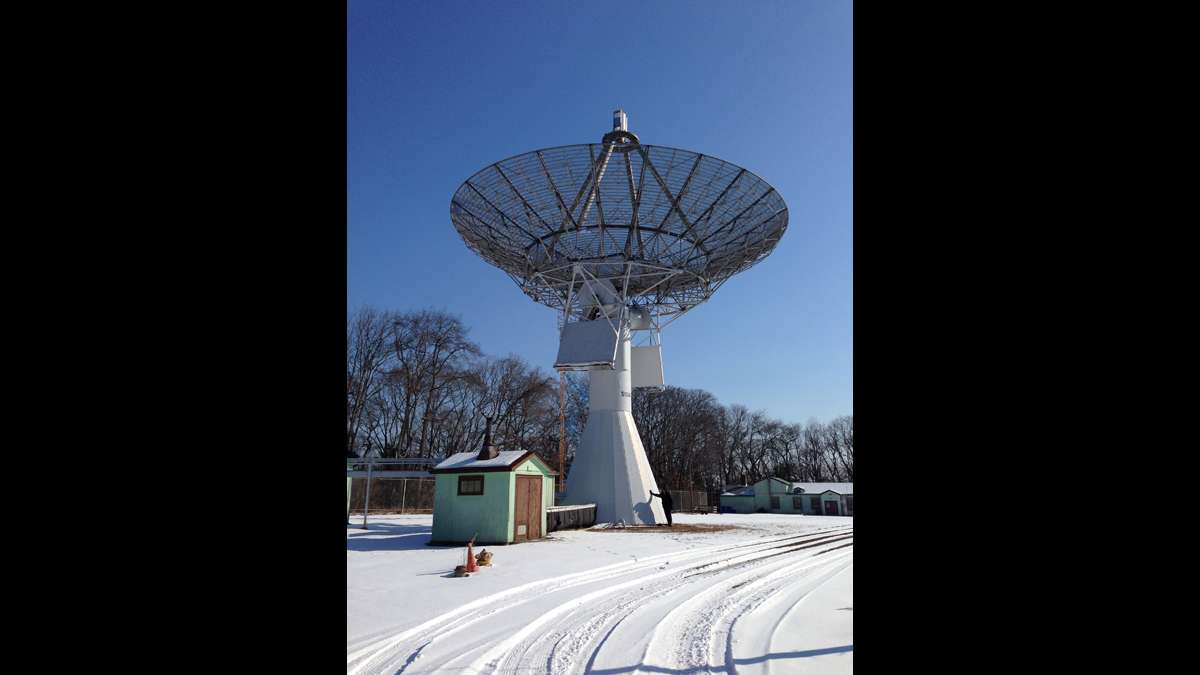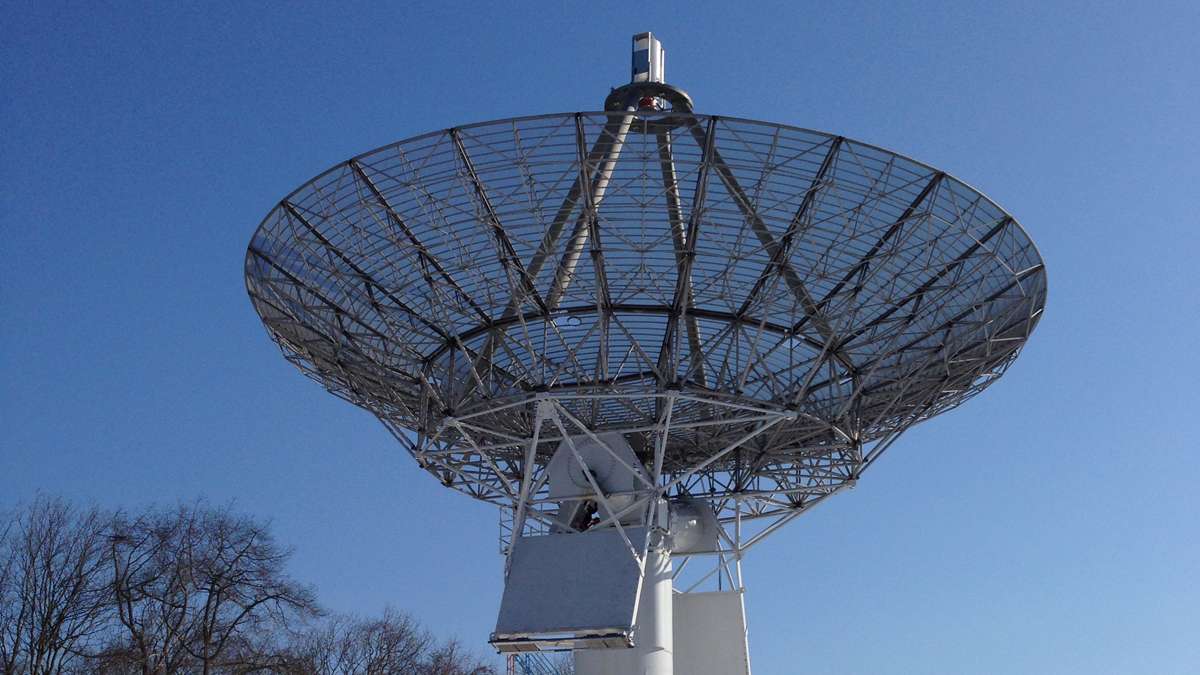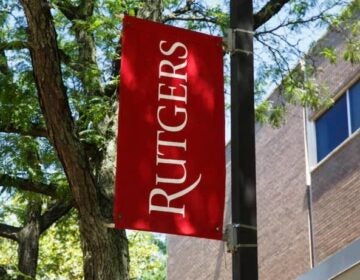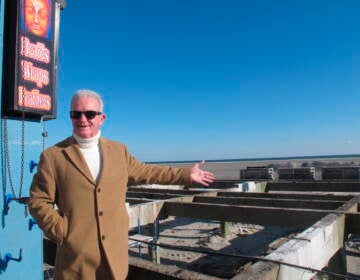Aging hulk of satellite dish in Wall, N.J. gets second life
Standing five stories tall, with a dish antenna stretching 60 feet, the radio telescope in Wall Township, New Jersey tracked the first American weather satellites in the 1960s. But it was mothballed only a decade later and remained idle until Princeton University physicists learned about it in 2009.
Fred Carl, founder of the Camp Evans Signal Corps Radar Laboratory Museum was worried it would be lost to history and the elements. Formally known as the Information Age Learning Center, the facility is located at the old Camp Evans base in Wall.
He’s delighted that it’s been saved. “We thought this wonderful artifact from early space exploration and the birth of earth satellites work was, you know, now safe for the future,” he said.
Carl said developments at Camp Evans helped determine the outcome of World War II such as research into radar as an secret weapon and finding the solution to static distortion in Morse code transmissions.
He also says the radio telescope, bearing the serial number of “1,” was constructed in the late 1950s and without its help tracking hurricanes, thousands of people would likely have died.
Princeton physics professor Dan Marlow is one of three researchers who supervised the refurbishing work. His colleague, Norman Jarosik suggested they look into an unused radio telescope in Monmouth County a few years ago.
“He said, well, you know, there’s this dish down at the shore that’s not in use and maybe they would let us use it,” said Marlow. “We can have an 18-meter dish an hour away rather than going to all the effort to build an eight-meter dish, because eight meters was about as large as we thought we could build on our own,” says Marlow.
Marlow says the physics department wanted to use the radio telescope to study radio pulsar emissions from rapidly spinning neutron stars. A handful of physics majors are using the radio telescope to conduct experiments for one of his classes.
Geoffrey Gittelfinger, Princeton’s physics department manager and engineer, is the third member of the team. He tackled the sometimes-daunting engineering challenges that came with replacing antiquated, rusted technology. For example, a badly corroded giant ball screw six inches in diameter and weighing about a ton, required Gettelfinger to improvise a crane to pluck the screw from under the dish antenna.
Thanks in part to a $40,000 grant from Princeton plus funding from InfoAge, the work is very nearly complete. A control center under interior reconstruction is nonetheless active, and visitors can use an everyday computer mouse to aim the radio telescope at any spot in the sky.
Marlow says use of the revived radio telescope will soon be offered to other universities, community colleges, high schools, and of course, amateur radio astronomers.
WHYY is your source for fact-based, in-depth journalism and information. As a nonprofit organization, we rely on financial support from readers like you. Please give today.








